Manage acute surfing injuries
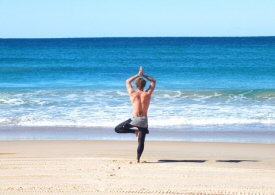 Ryan Huxley looks at practical tips for surfers to deal with many of the more common acute problems with surfing.
Ryan Huxley looks at practical tips for surfers to deal with many of the more common acute problems with surfing.
In 2008 I was spending the season in Morocco with the professional and excitable crew at Surf Maroc in Taghazout.
In terms of satisfying ones need for a diverse and interesting job description this one topped the cake for me. The day hours were spent surf guiding for guests at the camp, in the process exploring the arid yet dramatic mountainous coastal landscapes, and indulging in the numerous quality sand point and reef set-ups. This was followed by teaching the Surfbodysoul blend of Yoga and Pilates to camp guests in the evening, and followed again by conducting Physiotherapy treatments to any injured persons or customizing surf fitness programs. As a physiotherapist I really enjoy the process of managing acute surfing injuries to achieve the best possible result for the patient. So today we will explore the basic principles of surf injury management and the best initial treatment you can provide for yourself in the event of an injury.
The overall management of most surfing injuries is based on six principles:
1. Minimize the extent of initial damage.
2. Reduce associated pain and inflammation.
3. Promote healing of damaged tissue.
4. Maintain or restore flexibility, strength, proprioception and overall fitness during the healing phase.
5. Functionally rehabilitate the injured surfer to enable safe return to surfing.
6. Assess and correct and predisposing factors to reduce the likelihood of re-injury.
Initial Treatment
Rest
If you have a cork from your board hitting you, or roll your ankle, or twist your knee it is essential to cease activity immediately following the injury. Continued active movement of the injured area will result in increased bleeding and swelling.
Ice
The application of ice immediately after injury results in reduction of pain and causes local vasoconstriction (contraction of blood vessels) thus reducing bleeding and swelling. Ice may also decrease inflammation and muscle spasm. Ice can be applied in a number of forms. Crushed ice can be wrapped in a moist cloth or towel and placed around the injured area. Other methods include reusable frozen gel packs, instant ice packs that do not need pre-cooling but rely on a chemical reaction to provide instant cold, or ice immersion in a bucket (useful for treatment of injuries of the extremities). The length of time for which ice should be applied depends on the size and depth of the injured structure, but convention suggests 15 minutes every 1-2 hours initially. The frequency of application can be gradually reduced over the next 48 hours.
Compression
Compression of the injured area with a firm bandage reduces bleeding and therefore minimizes swelling. Compression should be applied both during and after ice application. Apply your bandage firmly but not so tight as to cause any pain. Start your bandaging away (distal) from the injured site and ensure each layer of the bandage overlaps with the underlying layer by one-half.
Elevation
Elevation of the injured area above the level of the pelvis will reduce blood flow to the injured area. Elevation can be achieved by using a sling for upper limb injuries and by resting lower limbs on a chair, pillow or bucket.
Treatments to avoid in the first 24 hours
- Heat
- Heat rub/liniment
- Alcohol
- Moderate/intense exercise
- Vigorous massage
I hope this assists you in the unfortunate event of a surfing injury (or any injury for that matter), and remember to keep completing your Surfbodysoul program to minimize the risk of an acute injury arising.
Ryan Huxley is the co-founder and program creator at Surfbodysoul, a website that provides safe, effective, holistic, scientific e-book exercise programs catering for surfers of all age, level and experience. Ryan is a qualified Physiotherapist, Exercise Physiologist, Advanced Yoga and Pilates instructor. His list of pro surfing clients includes Fergal Smith, Chippa Wilson, Anthony Walsh, Paige Hareb, Emi Cataldi & Rusty Miller.
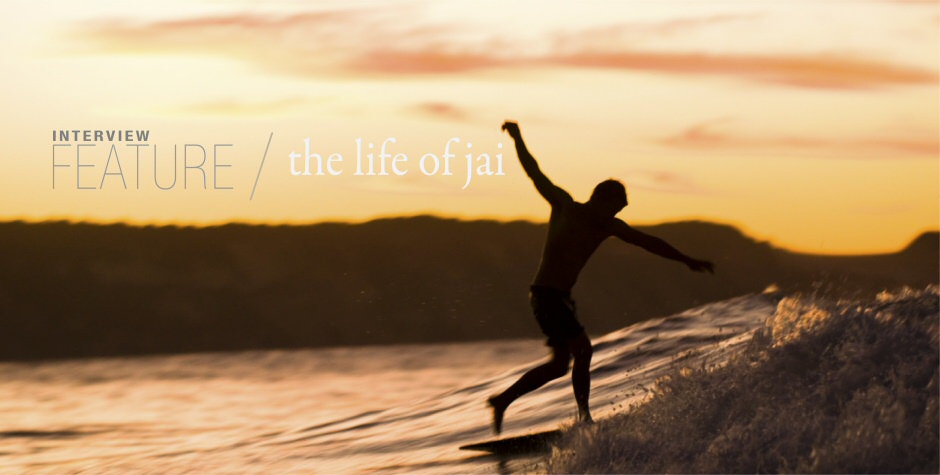
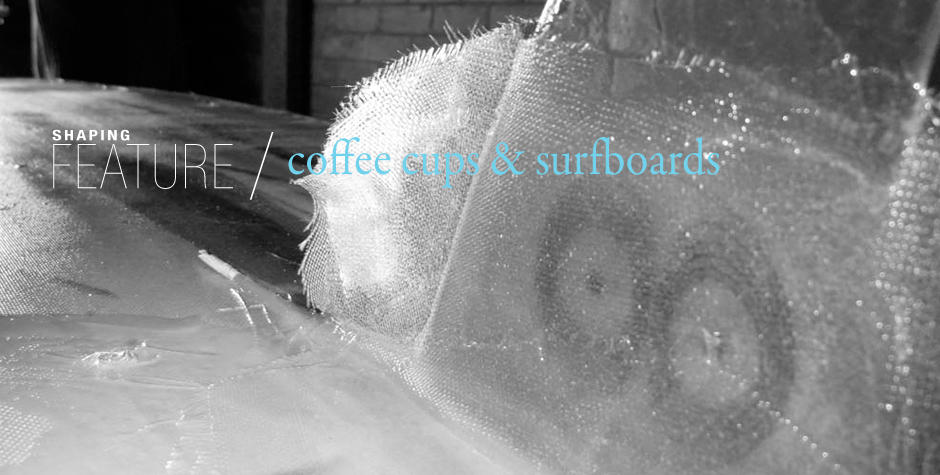
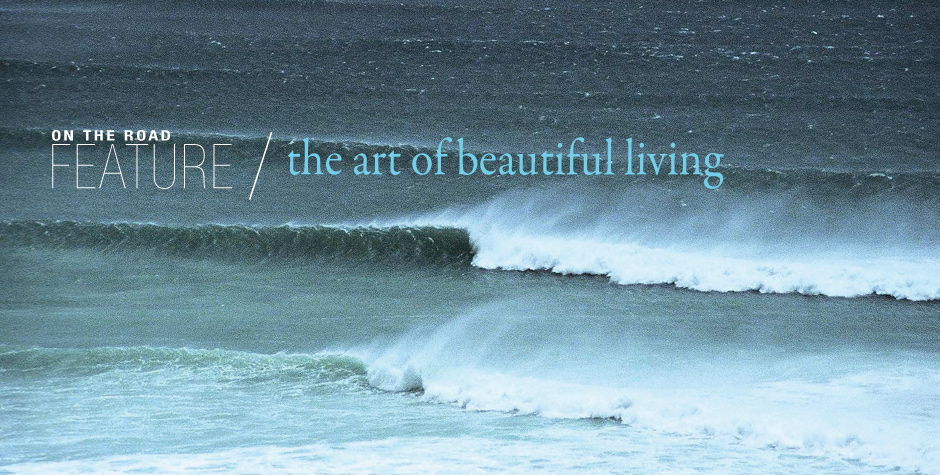

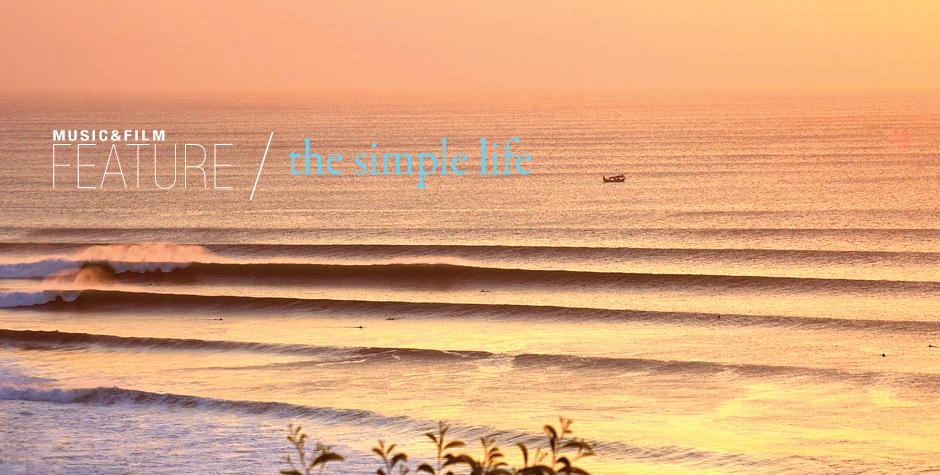
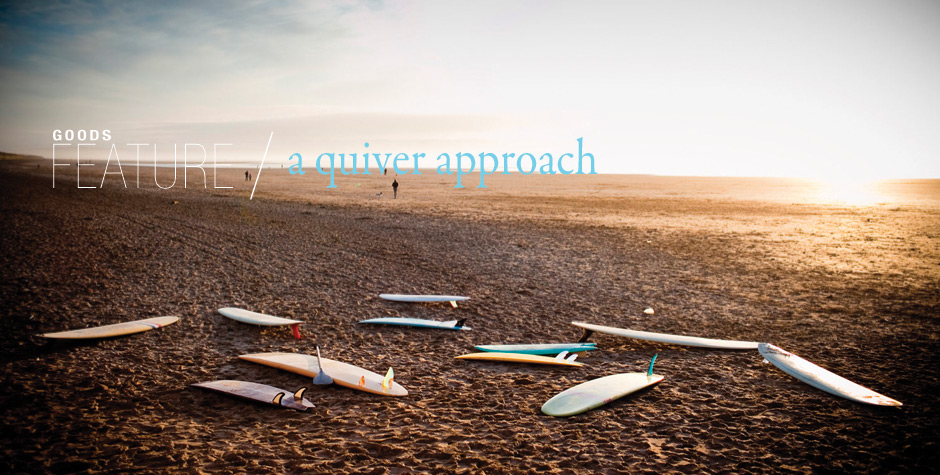



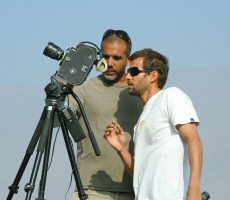

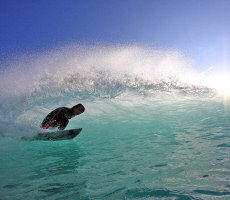
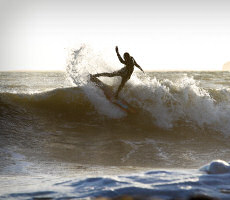
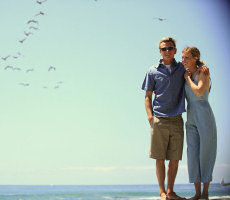
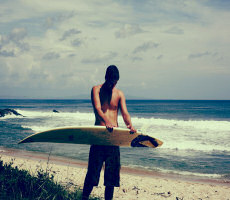

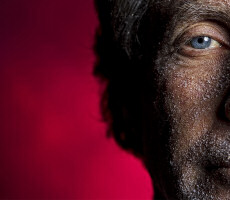
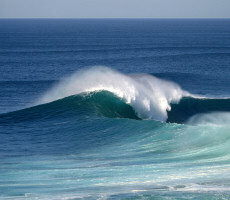

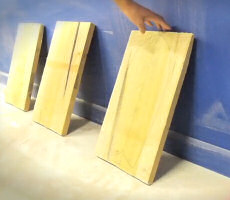
You forgot the most important items, 10 mg Prednisone & 1,000 mg Hydrocodon LOL.
1